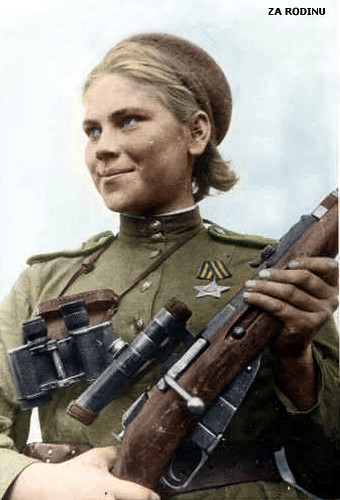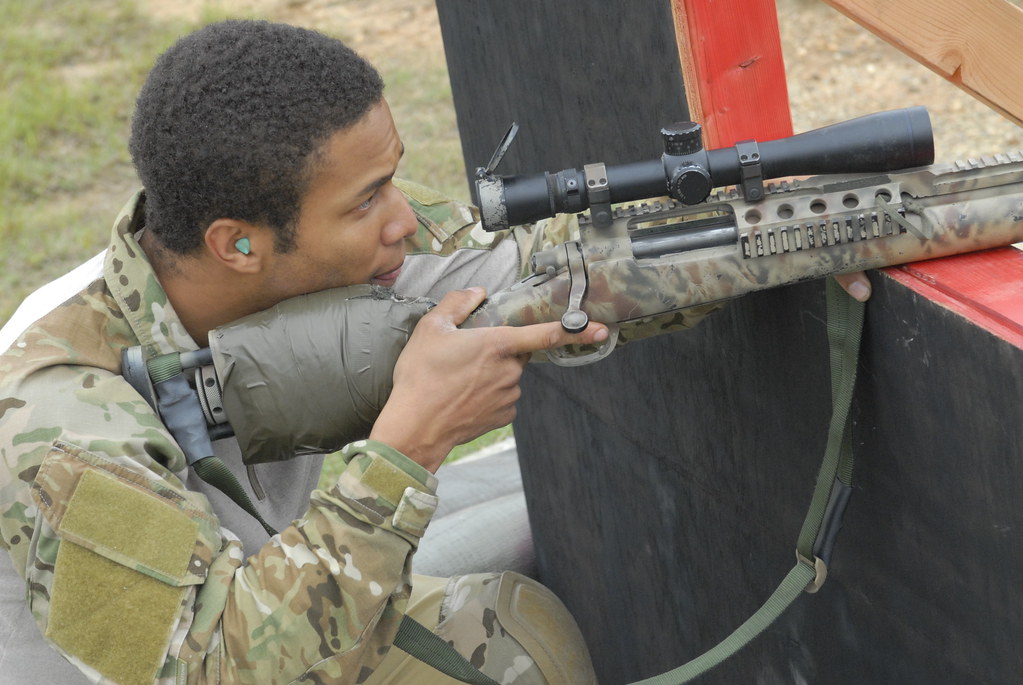A Brief Overview of Rifle Scopes History

In a book titled, “The Improved American Rifle,” written by John Chapman documented the first successful use of a telescopic sight. It was made by gunsmith Morgan James. Chapman gave James the concepts and some of the design resulting in the production of the Chapman-James sight. Years later, optician William Malcolm began producing his own telescopic sight. It was an original design incorporating achromatic lenses and improved the windage and elevation adjustments.
The use of practical rifle scopes for sharp shooting proliferated in the battlefields during the American Civil War. A range of telescopic sights were available, such as the Davidson and Parker Hale.
As the Civil War raged between Union and Confederate armies, marksmen were selected for their skill and were formally designated as snipers. Union snipers generally favored the breech-loading Sharps rifle. This may give an origin to the term “sharpshooters.”

As the American Civil war came to an end, decades passed and more advancement in rifle scope technology kept improving.
When the Great War erupted in Europe, scopes mounted on high caliber rifles in the battlefield was commonplace. Thousands of German soldiers were equipped with scope mounted rifles and earned a reputation for their effectiveness in taking out their enemy at great distances. The U.S. answer to highly skilled German marksmen came in the form of the Warner and Swasey x6 scope mounted on a M1903 Springfield Rifles.
The Second World War witnessed some of the most significant improvements in scope technology. Optical technology was made available to general infantrymen for both allied forces and their adversaries. The introduction of the Lyman Alaskan 2.5x scope, which could be mounted on the standard-issue M1, and the Zeiss Zielvier 4x which could be mounted on the Karabiner 98k rifle, made long range sniping easier than before.
Today’s US military issues the Advanced Combat Optical Gunsight (ACOG), designed for use on the M16 and M4 rifles. British Military utilizes the SA80 rifle with SUSAT 4x optical sight fitted as standard. Canada’s C7 is equipped with a Elcan C79 3.4x optical sight.

Germany’s armed forces are armed with the G36 and those rifles are mounted with the ZF 3x optical sight that comes with an unmagnified electronic red dot sight to create a dual combat sighting system. Their rifle has also been adapted to use the Hensoldt NSA 80 II third generation night sight as well.
Rifle scopes have developed dramatically and have become widely used since their inception. Today, scopes offering target acquisition beyond 2,000 yards can be found with relative ease.
Modern scopes can encompass red dot sights, night vision, laser sights and rangefinders, thermal imaging sights, and even computerized digital tracking.
